Cumin is an essential condiment throughout India. It has an intense flavor and is rich in aroma. Cumin seeds are considered a seasoning ingredient, and ground cumin is used as a flavoring agent, especially in North Indian cooking.
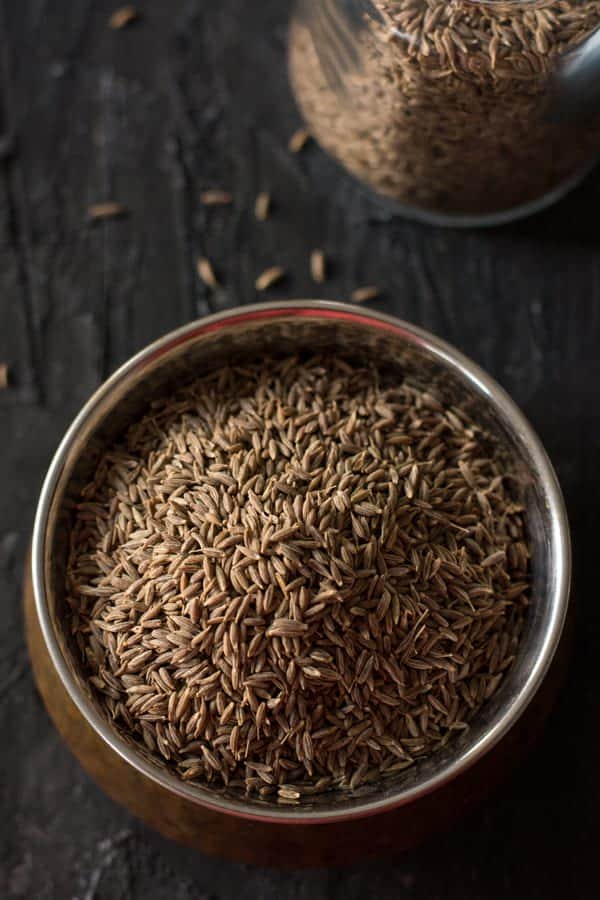
If you follow Indian recipes, you might have noticed that every long-listed recipe must contain cumin seeds. This shows how essential cumin seeds are in North and South Indian cooking.
Cumin has a robust and bold flavor. It is usually fried in oil and added to the food at the beginning or end of the recipe.
Many varieties, such as shahi jeera, black cumin, and green cumin, are available in the market. However, Shahi Jeera and black cumin are the universal varieties used in Indian households.
Cumin seeds beyond cooking
Surprisingly, South Indians, primarily in Kerala, habitually add cumin seeds to their drinking water. I see some of your eyebrows rising when you read about cumin in the drinking water.
And yes, a teaspoon is added to a pot of water to soak overnight. The following day, the whole bowl of water turns to a light yellowish color and has a spicy, nutty flavor.
Caraway seeds vs. Cumin seeds
Both seeds are petite and are usually confused with each other. These look-alikes have a very distinct and unique flavor. They are proportionally bigger than caraway seeds and have softer edges than caraway seeds. These are straight, and caraway seeds are curved at the ends. Though they appear similar, they are not substitutes for each other. It is like comparing basil with mint.
The Regional names
Cumin seeds are called Seeragam in Tamil and pronounced Jeeragam. In Telugu, they are known as Jeelakara. In Hindi, they are called jeera.
Substitutions for cumin seeds
Cumin seeds have a distinctive, intense flavor incomparable to any other ingredient. Fortunately, they are available in almost all specialty stores in the United States. So, I would recommend using them not only for their flavor but also for their medicinal and nutritional value.
Cumin seeds vs. Ground Cumin
- Cumin seeds are used in whole or in powder form.
- Cumin powder or ground cumin is used as the final touch. Just before serving the dish, the ground cumin is sprinkled over to enhance the aroma and taste of the meal. While ground cumin is available in the market, you can also make your own by dry roasting and grinding it in a spice jar.
- If we use it as a whole seed, add a few drops of oil and the cumin seeds in a pan. Allow it to crackle, and this takes just a few minutes. It should turn golden brown; always keep it on medium flame to control the cooking. The burnt cumin spoils the flavor of the food. So, you need to be cautious while frying them. Half a teaspoon of cumin is strong enough for the two-person serving size of the dish. Always stick to the recipe which calls for cumin seeds.
Recipes made using cumin seeds, are
- Indian Cumin Potatoes
- pepper rasam
- Coriander pepper chicken
- INDIAN VEGETABLE SOUP RECIPE
- INDIAN CAULIFLOWER CURRY
- RASAM POWDER RECIPE
- MADRAS CURRY POWDER RECIPE
- QUINOA PONGAL RECIPE
- ONION KULCHA RECIPE
- WHEAT FLOUR DOSA
- CLEAR TOMATO SOUP
- ALOO MATAR-INDIAN POTATO PEAS CURRY
- INSTANT POT POTATO CURRY
- MINT CHUTNEY FOR DOSA
- CABBAGE PORIYAL
- INDIAN CABBAGE CURRY RECIPE
- INDIAN SALMON CURRY RECIPE
- PEPPER RASAM
- INSTANT OATS DOSA
- POTATO CUTLET RECIPE (ALOO TIKKI)


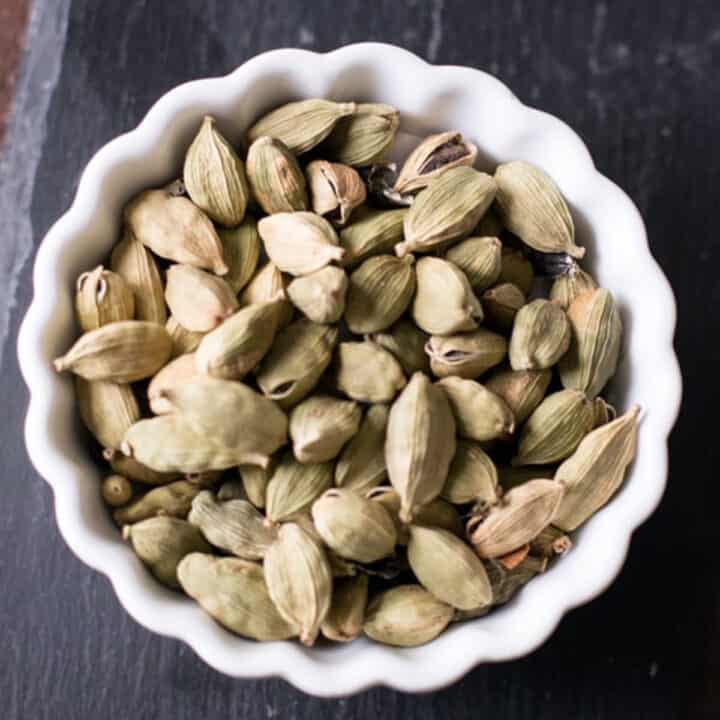
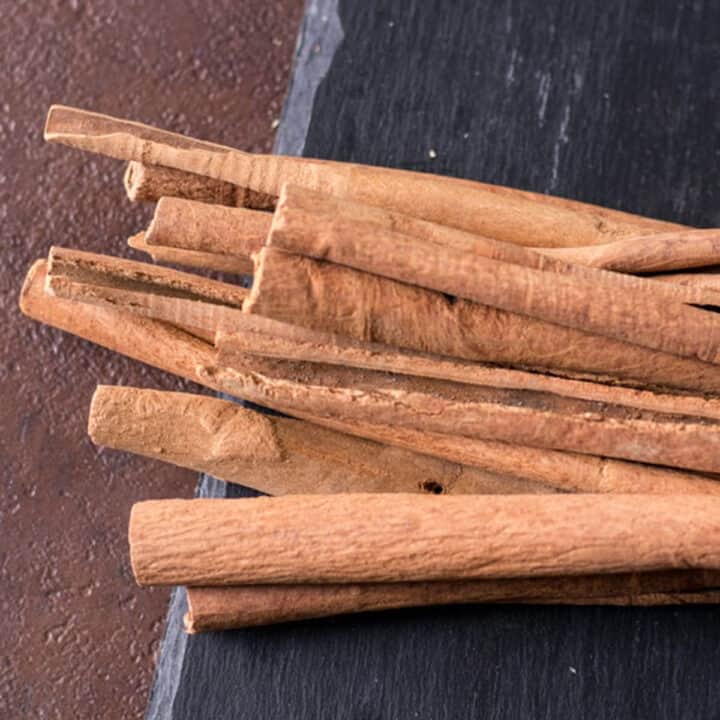
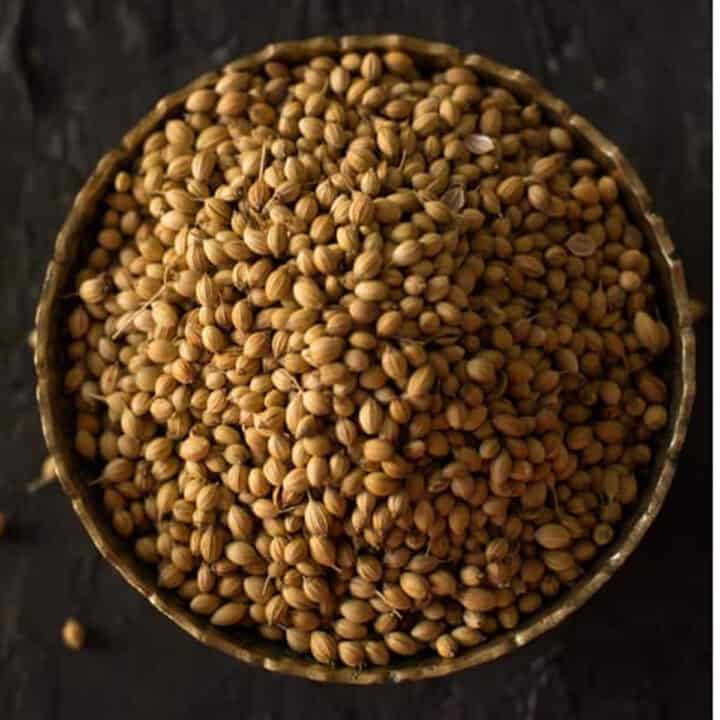
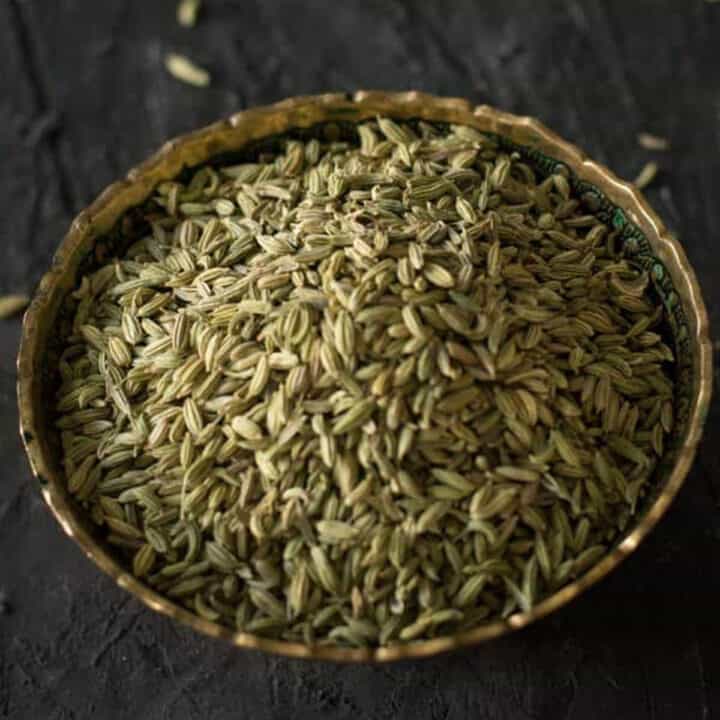
Leave a Reply